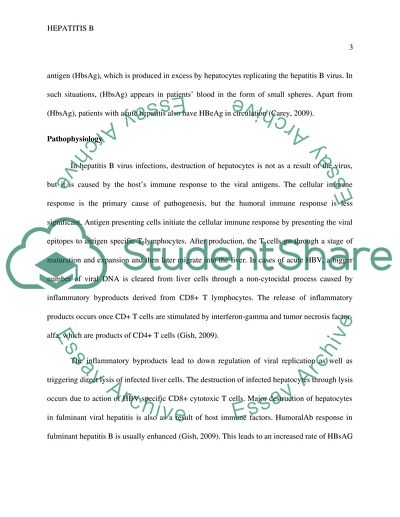Cite this document
(“Fulminating Hepatitis B secondary to a lifetime use of IV drug abuse Research Paper”, n.d.)
Retrieved de https://studentshare.org/nursing/1458206-a
Retrieved de https://studentshare.org/nursing/1458206-a
(Fulminating Hepatitis B Secondary to a Lifetime Use of IV Drug Abuse Research Paper)
https://studentshare.org/nursing/1458206-a.
https://studentshare.org/nursing/1458206-a.
“Fulminating Hepatitis B Secondary to a Lifetime Use of IV Drug Abuse Research Paper”, n.d. https://studentshare.org/nursing/1458206-a.


